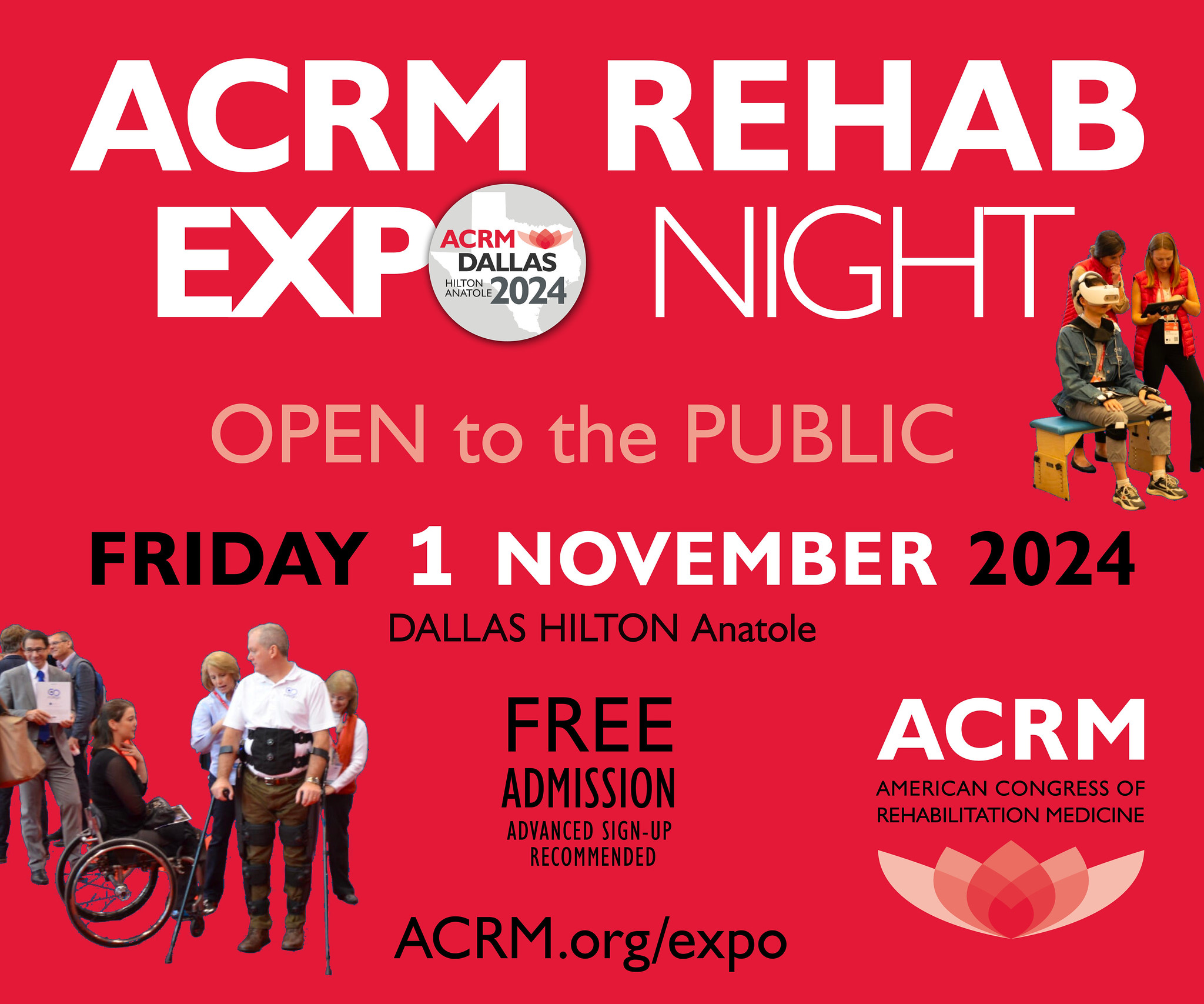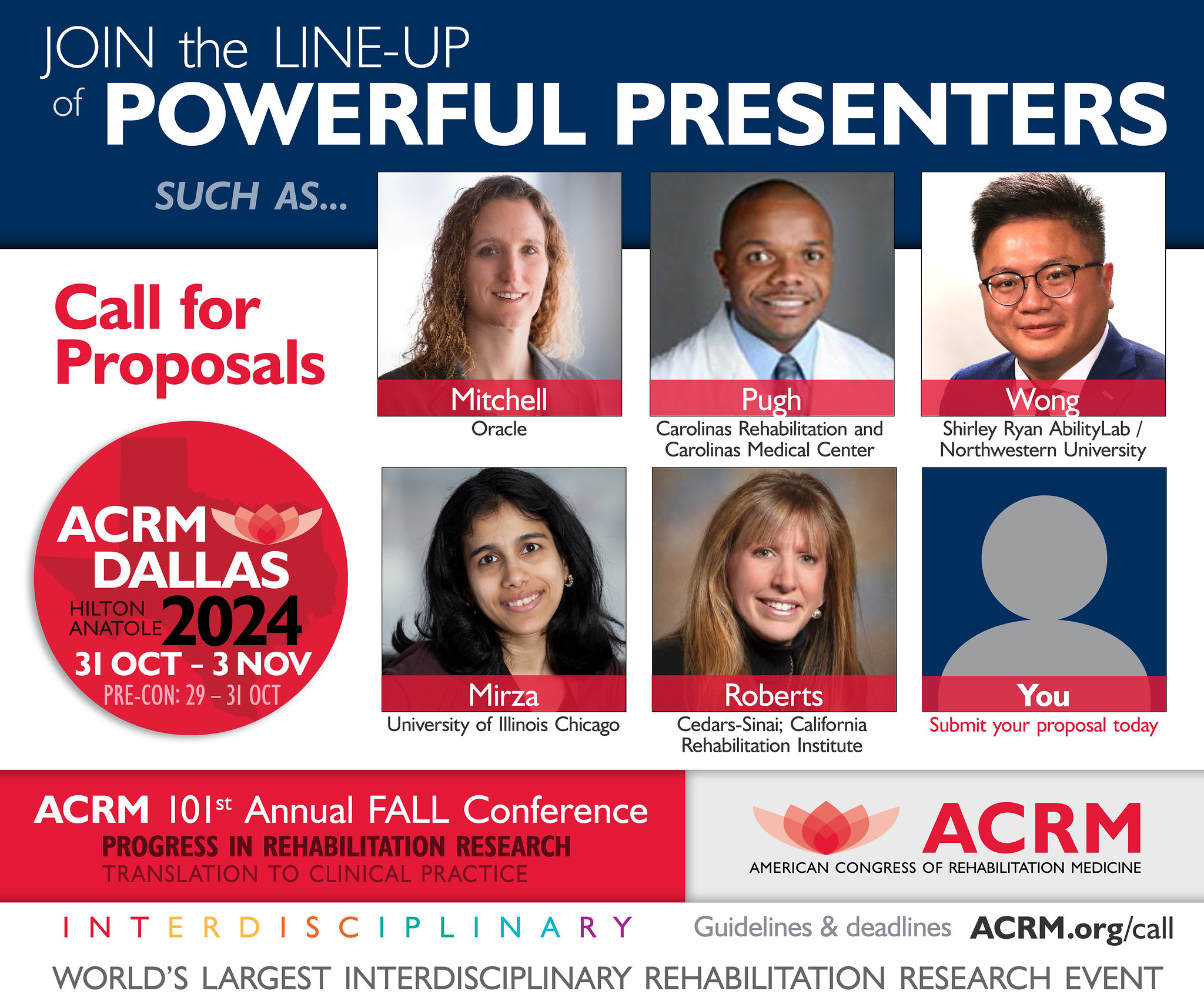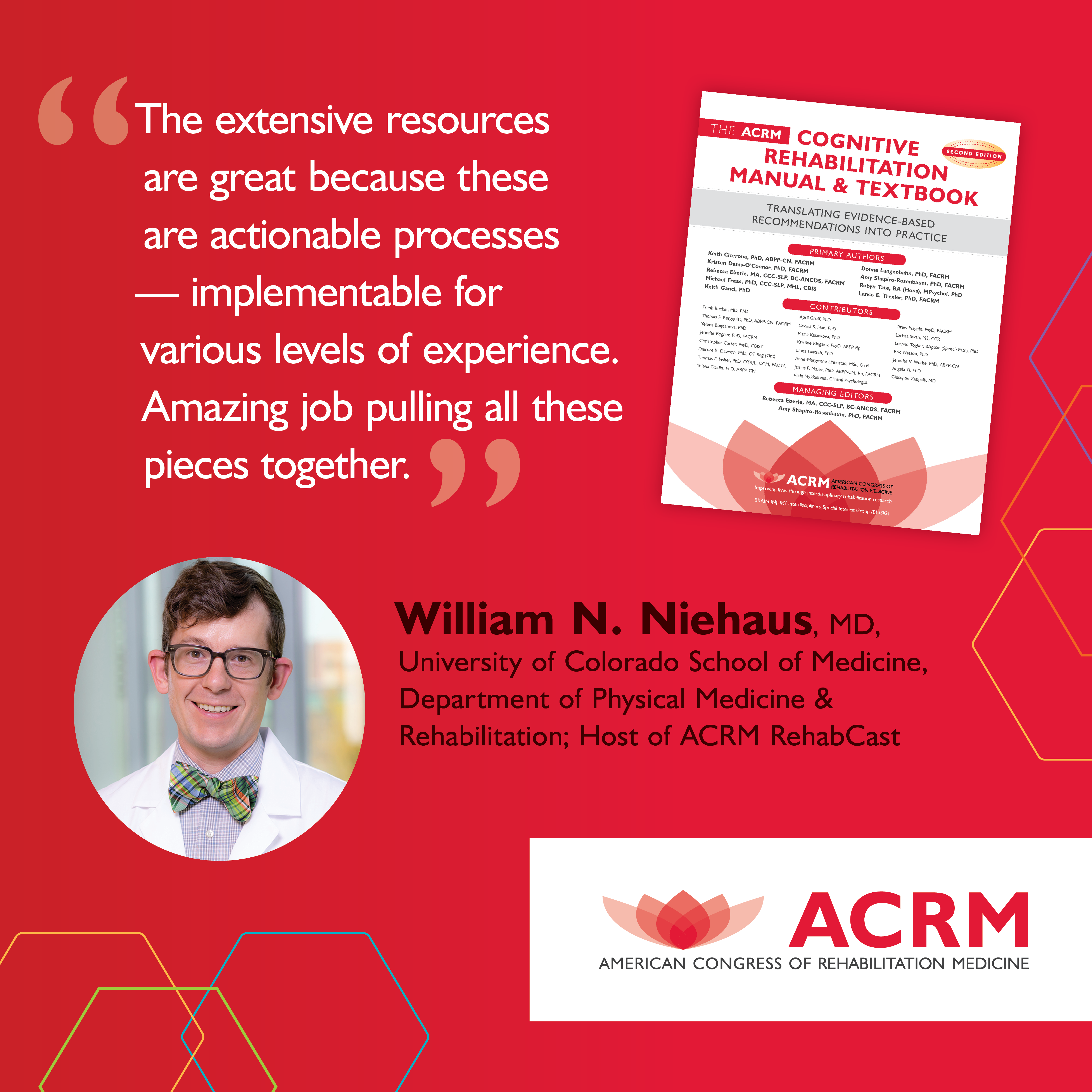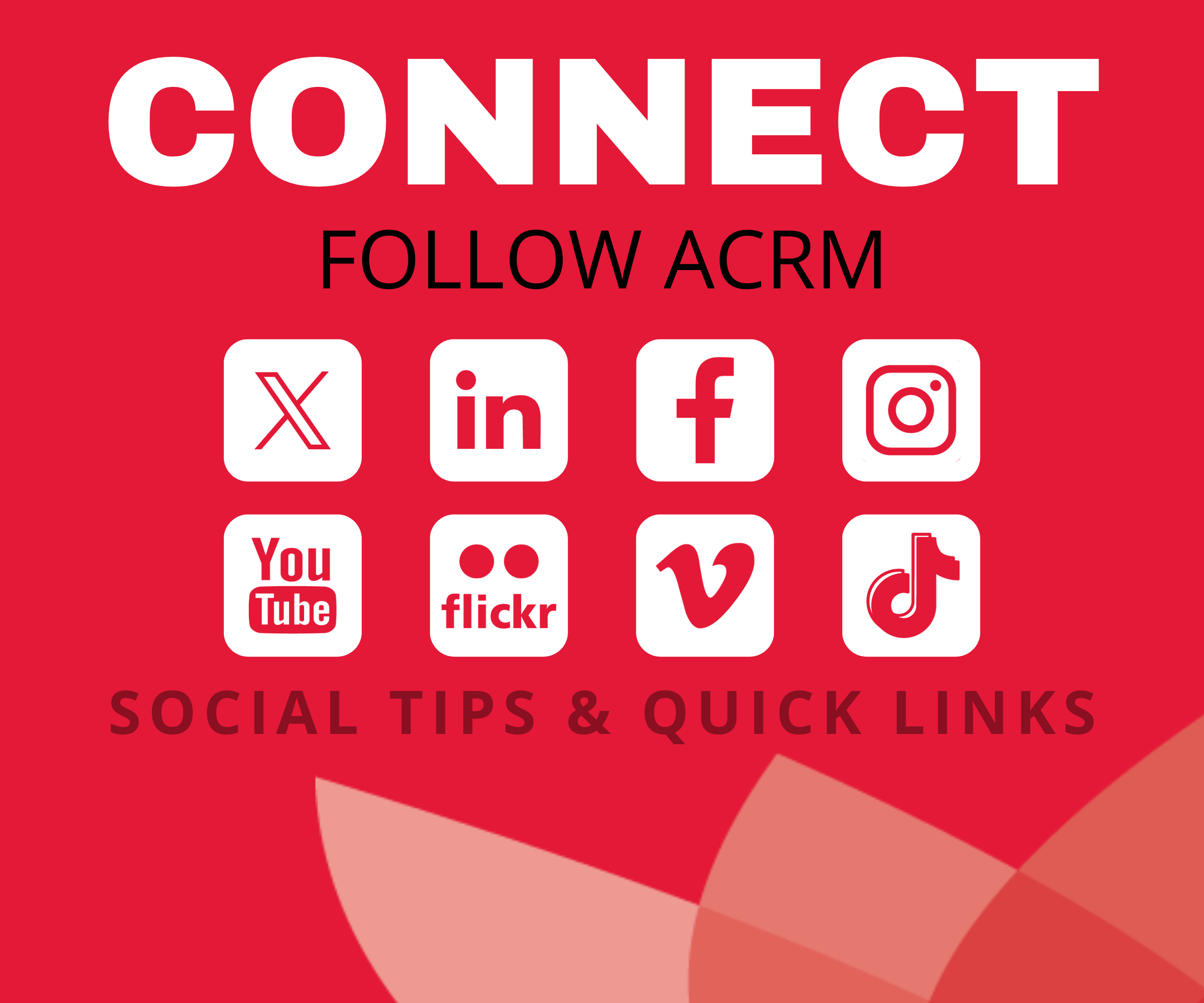“Experience is the best teacher,” we’re told, so we are particularly pleased to share the following original articles written from the experience of two Early Career Networking Group members. Ekaterina Dobryakova, PhD, shares timely insight and advice about how to create scientific posters that get noticed, while Sarah Callahan, MOT, OTR/L, discusses the unique training that a research fellowship can bring to occupational therapists.
How to Make a Poster that Grabs Peoples’ Attention!
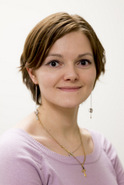 By Ekaterina Ekaterina Dobryakova, PhD, Research Scientist at the Kessler Foundation
By Ekaterina Ekaterina Dobryakova, PhD, Research Scientist at the Kessler Foundation
Presenting the results of your work is important for getting peer feedback, broadening your network, and establishing yourself in the research niche. For many early career professionals the first step is usually a poster presentation. But sometimes it is not always easy to get the traffic you want at your poster. Below are a few steps that should attract people to your poster.
Rule #1
Reduce text to a MINIMUM! This is the most important one! Why? There are several reasons for this:
- Reason #1: Imagine your peer coming to a poster session that occupies a huge hall of a convention center. Chances are that this person wants to visit several posters and not just yours. That means that this person will not have time to stand and read small text on your poster for 10 minutes. The person might want to read the intro, and look at tables and graphs illustrating the results and conclusions. That’s it. Thus, having a lot of text on the poster will not be as helpful as a very illustrative and self-explanatory poster will.
- Reason #2: Imagine that your poster presents a very interesting and pertinent issue in your field of research and you have a big crowd in front of your poster. People at the very back will not be able to read text on the poster, but they will be able to see graphs and illustrations. Thus, having a lot of text on the poster will not be as helpful, whereas incorporating more visual illustrations and graphs would.
- Reason #3: With a large amount of text on your poster it is likely that you can get lost in it yourself. Remember that poster sessions last a very long time. There will be several people coming to your poster. You won’t have time to search for a specific point within the text every time a new person comes to your poster. Using bullet points will be easier for you and other people to orient around your poster.
- Reason #4: If you have a big crowd around your poster and you are talking to a set of people, chances are that other people will arrive to your poster when you are in the middle of your spiel. These people might want to just glance at your poster instead of waiting for you to finish and pay attention to them. Thus, having bullet points and graphs on your poster, instead of lots of text, will help people interested in your work to quickly gather the information they need.
- Reason #5: Finally, some people might want to come and briefly look at your poster instead of talking to you. Having bullet points that hone in on the most important information along with illustrations and graphs that demonstrate your data and results is the most effective way to present your information efficiently.
Rule #2
For the text you do have on your poster, use bullet points instead of paragraphs, and use big font that is readable from 4-5 feet away.
Rule #3
Practice presenting a short and a long version of the poster. Some people interested in your work will have time for the long version while others would prefer a shorter version. Whether you tell a short or a long version of your poster will also depend on the expertise of the person interested in your work. For example, someone might be a young graduate student with very little background in the topic of traumatic brain injury and cognitive rehabilitation thus this person might need a longer version of your poster. However, if someone is not a novice, chances are that person will just need to listen to what your results are and what you make of them.
Rule #4
Create either a horizontal or a vertical flow to your poster so that it is easy for the person viewing your poster to follow it.
Rule #5
Come up with a precise and interesting title that is descriptive of your research topics and findings. For example, compare the following titles: ‘Cognitive rehabilitation in TBI’ vs ‘Rehabilitation technique leads to working memory improvement in TBI’. The second one is a lot more descriptive, eye-catching and quickly provides an overview of what your study is about.
Additional Suggestions
You can also print out hard copies of your poster on letter sized paper so that people can take it with them either because they were interested in your results or don’t have enough time to stop by for as long as they wanted. You can also provide a sheet of paper where people can put their email addresses in case they would like a copy of the poster to be sent to them electronically or so that they can contact you for questions.
Another important thing to remember about poster presentations is that it is a good opportunity to network and for one-on-one conversations with other researchers. You can get advice on certain concerns you have along with feedback about your research before you submit for publication and face peer reviewers.
Research Fellowship Provides Unique Post-Graduate Training for
Occupational Therapist
 By Sarah Callahan, MOT, OTR/L, SCI Clinical Research Scientist, Shepherd Center
By Sarah Callahan, MOT, OTR/L, SCI Clinical Research Scientist, Shepherd Center
When I first learned about occupational therapy (OT), I was drawn to the therapeutic fun that pediatric OTs could create for their patients. “Going fishing” from a platform swing, doing yoga to develop body awareness, propelling across the floor on a scooter board to develop arm strength – these were treatment activities I could appreciate. How enjoyable and rewarding to work with children in this capacity! I was quickly persuaded that OT was the career for me.
Fast-forward to the first semester of OT school… We’re taking Neuroanatomy. My professor keeps discussing “Neuro” and how she loves being a Neuro OT. I remember thinking, “You can do that?!” As the course continued, my fascination with the nervous system grew. I also developed an interest in research during the course of the program. Finally, when it was time to select internship placements, I settled on spinal cord injury, pediatrics, and a 6 week specialty internship at the National Institutes of Health in research. While my pediatric rotation was great, it was the neurological and research internships that set me down an unexpected and fulfilling path.
As my internships concluded and graduation approached, I found myself asking, “What can I do as an occupational therapist with an interest in research?” I was not ready to pursue a PhD, or even convinced that I would want to get one at all. The experience of OT school and my various internships just convinced me that our field needs more research, and that I seemed to be more drawn than most in my class to do that sort of work. There are many important questions in every niche of rehabilitation that are yet to be answered. With this curiosity about what sort of research I could contribute to as a (brand new) occupational therapist, I began my job search.
At the recommendation of a peer from OT school, I looked at opportunities at the Shepherd Center in Atlanta, GA. A Spinal Cord Injury Research Fellowship was posted, which had previously only been open to physical therapists, but was now open to occupational therapists for the first time. Research and neuro? Yes, please! I toured the Shepherd Center and spoke with former research fellows, managers, and other staff. My supervisor-to-be was a physical therapist with a PhD who painted a compelling picture of what the job would entail. I would practice in the clinical setting two days per week, continuing to grow my evaluation and treatment skills, and would practice in research three days per week, assisting with projects and gaining expertise with various parts of the research process. The Shepherd Center culture and staff left a strong impression upon me so I applied for the job. When I was offered the position, I was thrilled, but hardly had a clue what the two year fellowship would entail.
Now, having recently completed the fellowship, I would love to share some insights from this unique experience.
Clinical Experience
As mentioned above, I treated in the clinical setting two days per week during my two year fellowship. One day each week, I served as a spinal cord injury activity-based therapist. This motivated me to earn my physical agent modalities certification quickly, and allowed me to gain expertise working with a wide range of therapeutic modalities and devices (e.g., neuromuscular electrical stimulation, Bioness H200, Armeo, functional electrical stimulation bike, and other upper extremity rehabilitation robotics) early on in my career. I found that I was soon a resource for other therapists interested in using or learning activity-based interventions, training them on devices or performing co-treatments to increase their comfortability with them. I also gained a lot of insight into activity-based therapies – the theory behind and evidence for them – and had the opportunity to develop and present a couple posters at annual professional conferences.
My other clinical day each week was devoted to serving as a “float” occupational therapist. I cross-trained in Shepherd’s spinal cord injury inpatient, day program, and outpatient settings, and soon became comfortable treating in each of these areas. These float days helped me learn to think on my feet and grow as an OT, even as I only worked part-time in the clinic each week. There were certainly areas in which I did not become proficient in this role, like splinting, discharge planning, and ordering equipment. I was not able to carry my own caseload as a part-time therapist and took a pretty significant pay-cut as a fellow, compared to what entry-level OTs typically earn. In my eyes though, the opportunity to gain expertise in research as a new graduate more than made up for all of that.
Research Experience
The skills I acquired from working in research were even more extensive than those I gained from my clinical experiences. These skills encompassed the whole research process, including: developing a research question, specific aims, and hypotheses; designing a study; writing a letter of intent and applying for a grant (through participating in editing and attending a workshop on this topic); getting a study approved by Shepherd’s Institutional Review Board; creating and managing study documents and databases; recruiting and consenting participants; handling various administrative tasks that enable a study to be carried out; performing evaluations and leading interventions for the study; analyzing and interpreting data (with the team!); writing a manuscript and creating a poster based on findings; presenting findings in various formats (casual conversations, classes, journal clubs, an IRB board meeting, and larger group venues like poster presentations at professional conferences); seeking to increase knowledge translation and implementation of the research (via learning from experts in this area and facilitating monthly meetings on upper extremity research and translation); and supervising a group of physical therapy students during their year-long research project to facilitate their learning in this realm.
That’s quite the list! In the midst of all of that, those (usually) slower-paced research days gave me time to read, think, and reflect. I gained exposure to great thinkers, lectures, and learning opportunities, acquiring knowledge about a wide range of topics and depth of understanding in a handful of areas. And these are just the benefits to me. The value of the fellowship to the Shepherd Center, our patients, and the broader community is enough material for another article!
What I’m Doing Now
As my fellowship came to an end, I couldn’t stand the thought of not having any dedicated research time in my schedule. I am now working with Shepherd’s Spinal Cord Injury Research Director part-time, assisting in the development of new upper extremity studies and serving as a liaison between Shepherd’s research and clinical settings. I also work part-time in our Brain Injury program as an activity-based therapist. This allows me to learn about a new population, continue to grow as a clinician, and not lose touch with what is and is not clinically relevant. I think this blend makes me a better researcher and a better clinician.
What about You?
While this is the only research fellowship for occupational therapists I know about in the United States, more are bound to be created. Keep your eyes open. Advocate for a position like this at a well-known hospital or other rehabilitation facility known for its clinical and research excellence. If we want to be evidence-based practitioners, we need to know the evidence and generate more. This can be tough to do as a full-time clinician, but having the opportunity to cultivate research and critical thinking skills as a new occupational therapist will support that end…and from my experience, positively affect your career, whether or not you become a full-time researcher in the future.


